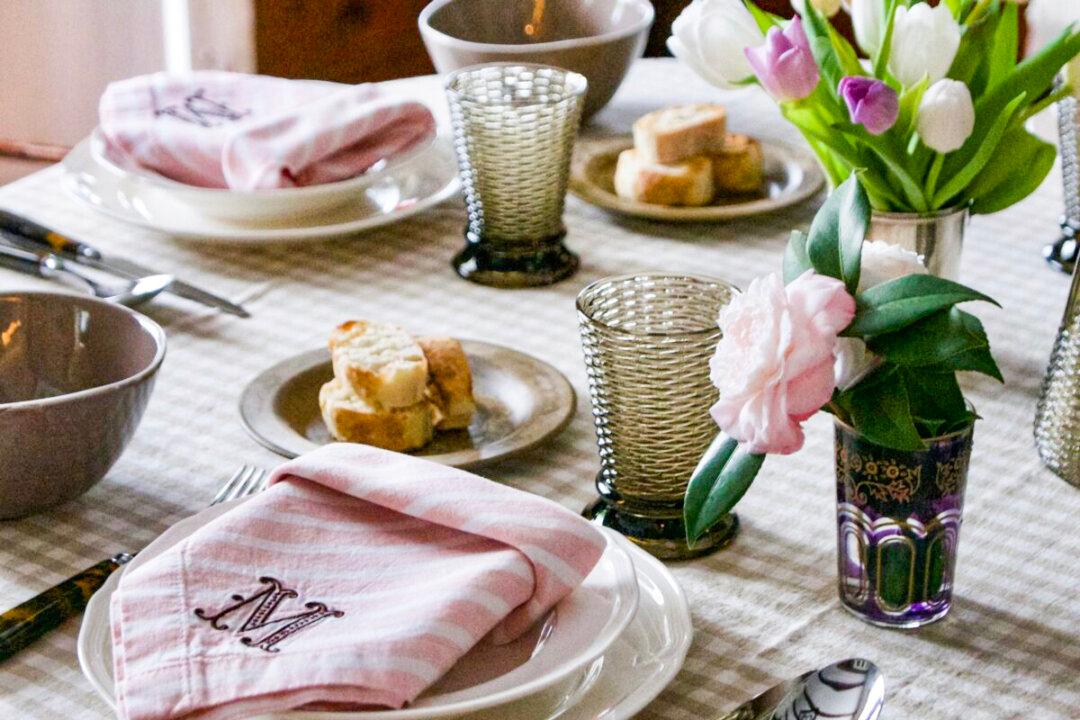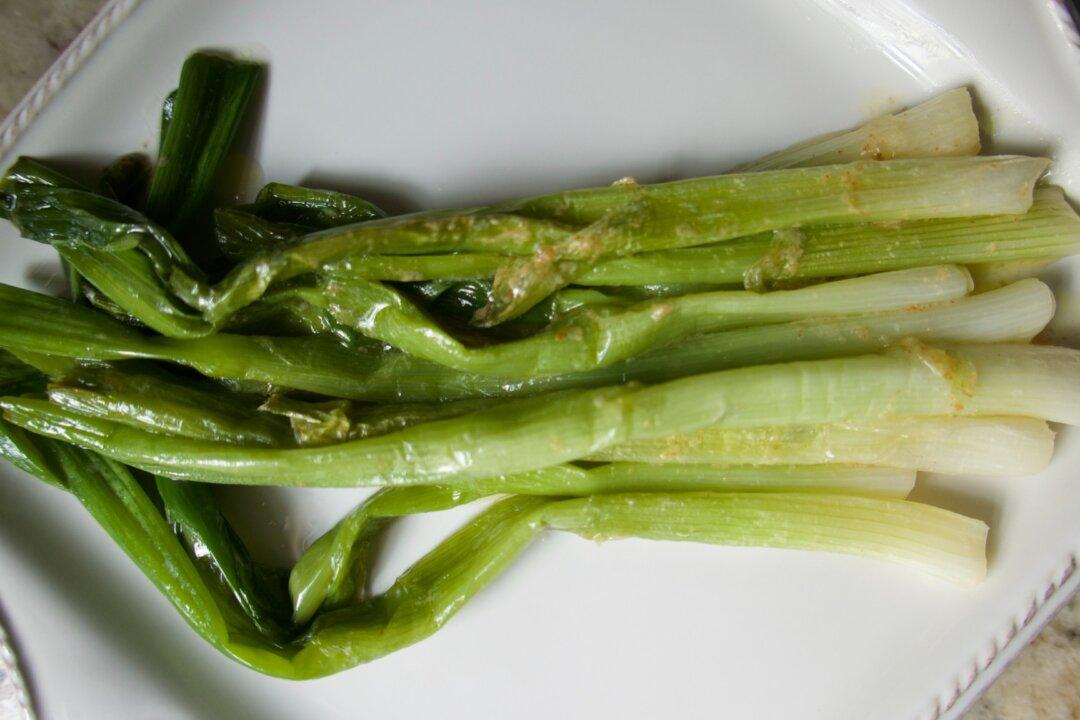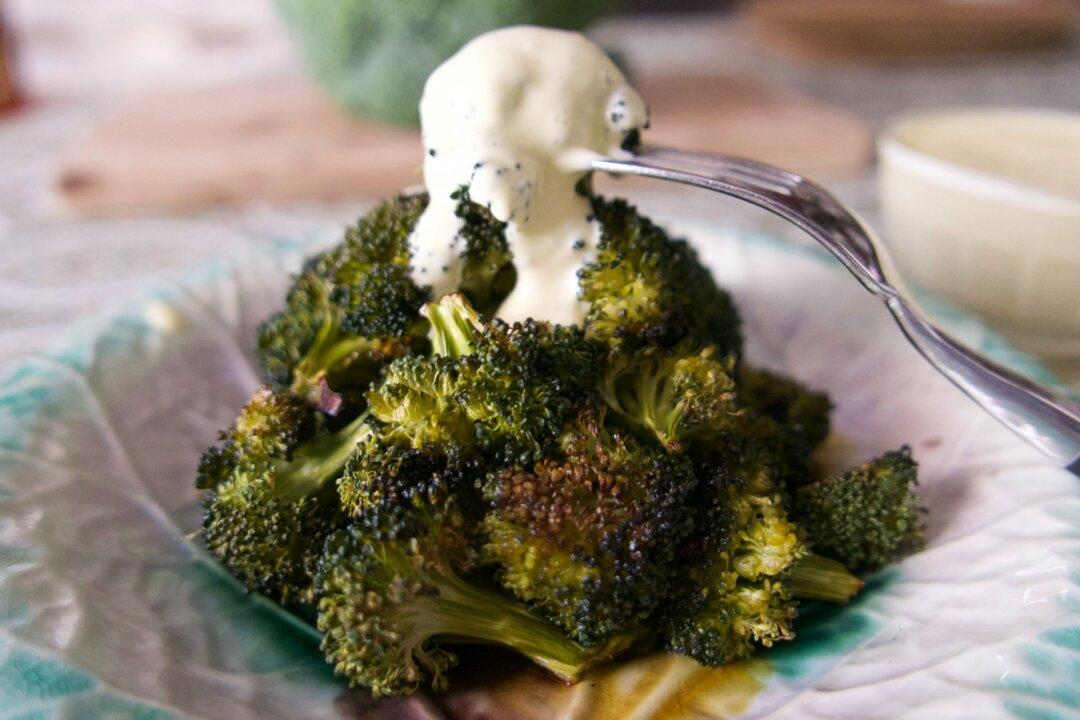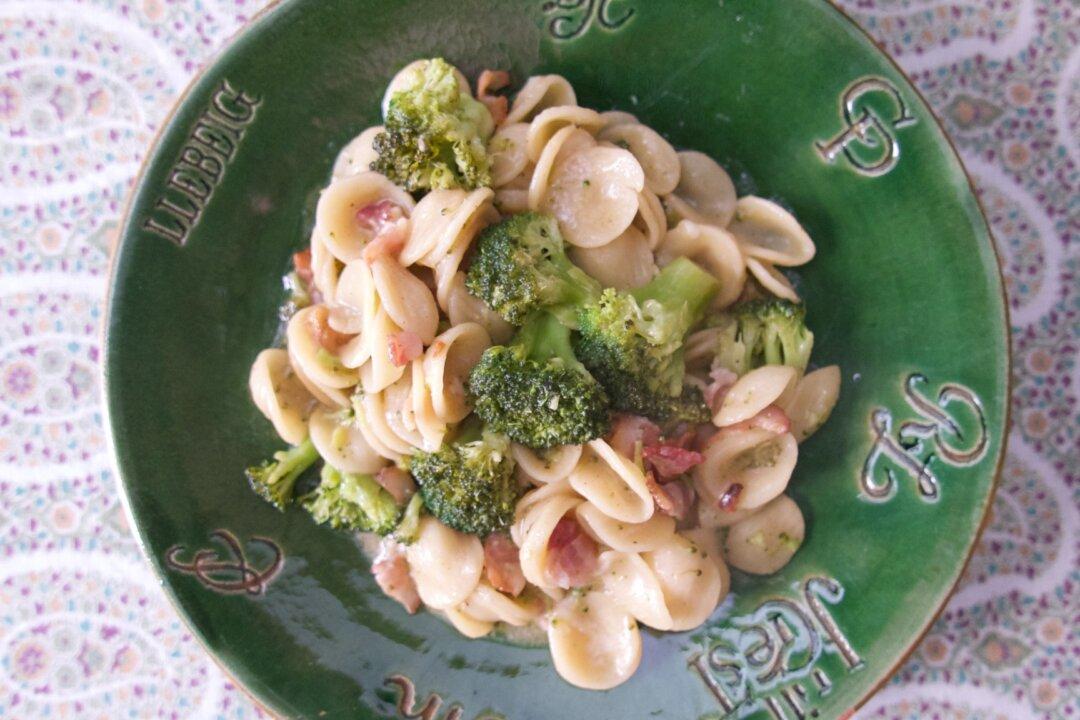I grew up in a large household as one of seven children. Table manners were essential for my parents’ sanity, a way to keep us under control. (Once, I remember being in total panic when faced with a bunch of grapes on my plate. To this day, I’m teased mercilessly by my siblings as they recount how, not knowing what to do, I tried to use a knife and fork to cut the runaway fruits! I was 5 years old.)
Teaching children table manners isn’t just about how to hold the fork and knife. It’s also about good behavior at the table, conversation, respect for others, and appreciation of food.





